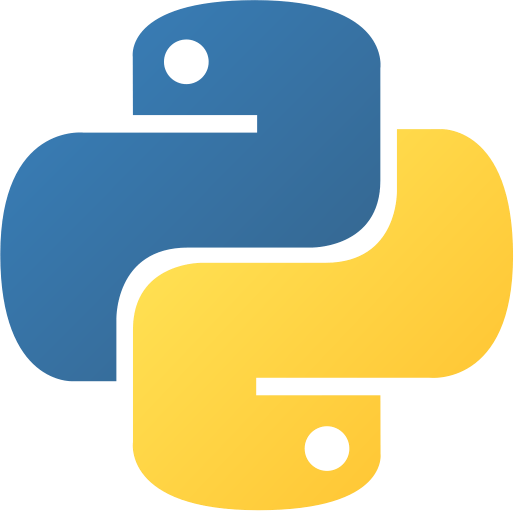
Python for AI Guide
Designed for those who already know the fundamentals of Python, this guide is the bridge between the language and practical applications with modern AI.
This guide teaches you how to use Python specifically for working with artificial intelligence. It's not just about learning syntax: here you'll learn how to manipulate data, structure information with JSON, make API requests, and use key libraries like NumPy. By the end, you'll be able to interact with AI models, process inputs and outputs efficiently, and understand how real data integrates with intelligent models.
Requisitos previos
Lo que aprenderás
Para quién es este curso
Accede al curso
Comienza tu aprendizaje hoy mismo
Tecnologías
Contenido del curso
Explora todos los módulos y lecciones que incluye este curso
